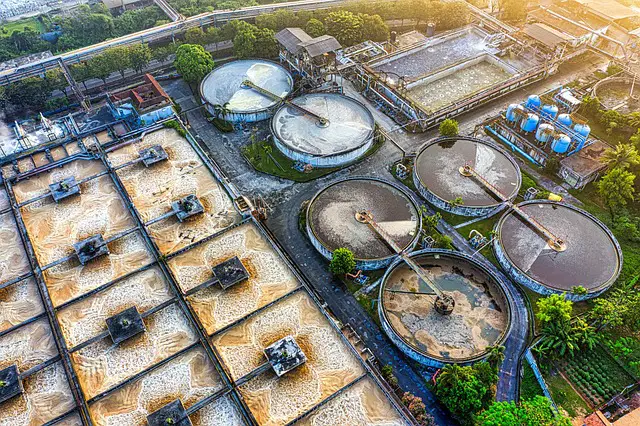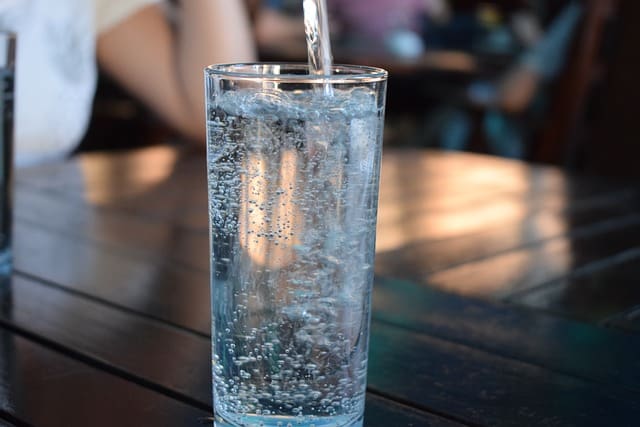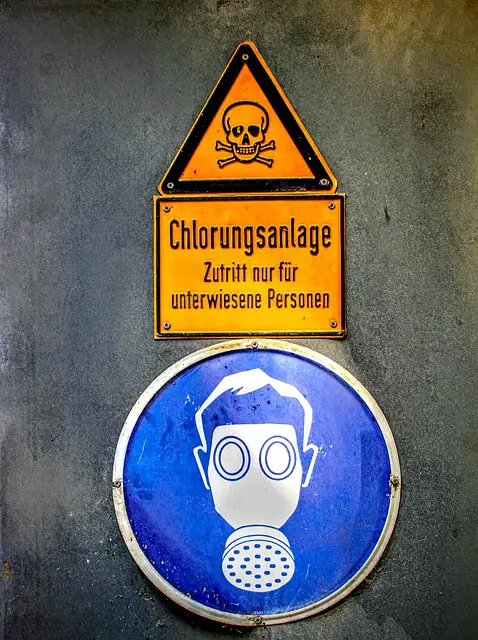Chlorination is one of the most widely used water treatment processes in the world, the fact it exists and its main uses are common knowledge, although there are multiple ways of adding it to the water, including before and after the primary treatment process. The distinction between the two was not overly clear to me, which led me to do a bit of research and write a short article on the topic.

Pre-chlorination adds chlorine to raw water to control algae, microorganisms and oxidize organic matter. Post-chlorination disinfects treated water for residual protection and destroys any remaining microorganisms before distribution to ensure safety. Both are vital steps in the water treatment process.
Although very similar in the manner they treat water, the actual differences between pre and post-chlorination are vast including when you do each, why you do them as well as their strengths and weaknesses. In the below article, I break down the key points of each into clear and concise paragraphs.
What is pre-chlorination?
Pre-chlorination is the process of adding chlorine to raw water before it enters the treatment plant. This is typically done to control the growth of algae and other organisms in the water, as well as to oxidize any organic matter present. Chlorine is an effective oxidizing agent that can break down many types of organic matter, including bacteria, viruses, and parasites. It can also help to control the taste and odour of the water.
Why do we use pre-chlorination?
Pre-chlorination is often used in areas where the raw water source is subject to contamination from human or animal waste, or where there is a risk of bacterial or viral outbreaks. By adding chlorine to the water before it enters the treatment plant, these contaminants can be destroyed or removed before they can cause harm.

What are the advantages of pre-chlorination?
One of the main advantages of pre-chlorination is that it helps to ensure that the water entering the treatment plant is as clean as possible. By removing or destroying contaminants before they enter the plant, the treatment process can be more effective, and the risk of contamination downstream is reduced. This can help to ensure that the water leaving the treatment plant is safe to drink and meets the required quality standards.
What are the disadvantages of pre-chlorination?
However, there are also some potential drawbacks to pre-chlorination. One of the main issues is that chlorine can react with organic matter in the water to form harmful disinfection byproducts (DBPs), such as trihalomethanes (THMs). These byproducts can be harmful to human health if consumed in large quantities over a long period of time. Therefore, it is important to carefully monitor the levels of chlorine and DBPs in the water to ensure that they are within safe limits.

What is post-chlorination?
Post-chlorination, on the other hand, is the process of adding chlorine to water after it has been treated. This is typically done to ensure that any remaining microorganisms in the water are destroyed before it is distributed to consumers. Post-chlorination is a common step in the water treatment process, and it is often used in conjunction with other disinfection methods, such as UV treatment or ozonation.
Why do we use post-chlorination?
We utilize post-chlorination as a final step in the water treatment process to ensure that any remaining bacteria or other microorganisms are killed off before the water is distributed for use. Post-chlorination is particularly important in situations where the water supply may be vulnerable to contamination from the distribution system or other sources. By adding chlorine to the water after treatment, we can provide an additional layer of disinfection to ensure that the water is safe for consumption. Post-chlorination can also help to maintain residual chlorine levels in the distribution system to prevent the growth of bacteria and other microorganisms.
What are the advantages of post-chlorination?
One of the main advantages of post-chlorination is that it provides a final layer of protection against harmful microorganisms. Even after the water has been treated using other methods, there may still be some bacteria or viruses present. By adding chlorine to the water, these remaining microorganisms can be destroyed, ensuring that the water is safe to drink.
Another advantage of post-chlorination is that it can help to ensure that the water remains safe as it travels through the distribution system. Chlorine can provide residual protection against contamination, meaning that if any microorganisms are introduced into the water during transport, they will be destroyed before they can cause harm.
What are the disadvantages of post-chlorination?
However, there are also some potential drawbacks to post-chlorination. One of the main issues is that chlorine may react with organic matter in the water to form DBPs, as discussed above. Additionally, if the water contains high levels of organic matter, the chlorine may not be effective at destroying all of the microorganisms present. In these cases, additional treatment methods may be needed to ensure that the water is safe to drink.


